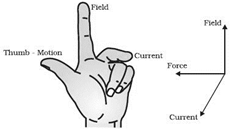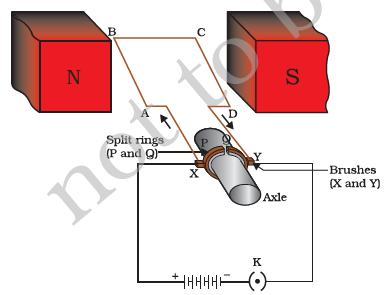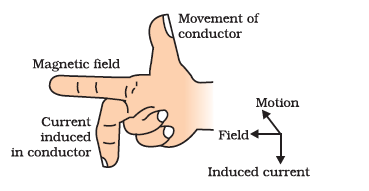Hello friends,
In this video, we will revise thirteenth chapter of Science – Magnetic effect of electric current.
In this video, we will cover the following concepts:
- Introduction to magnets and magnetic field
- Magnetic field lines and their properties
- Magnetic field due to a current carrying straight conductor
- Right and thumb rule
- Current carrying circular loop and solenoid
- Force on a current carrying conductor in a magnetic field and Fleming’s left hand rule
- Electric Motor – construction and working
- Electromagnetic Induction and Fleming’s right hand rule
- Electric Generator – construction and working
- Domestic electric circuits
- Previous Years’ Questions











